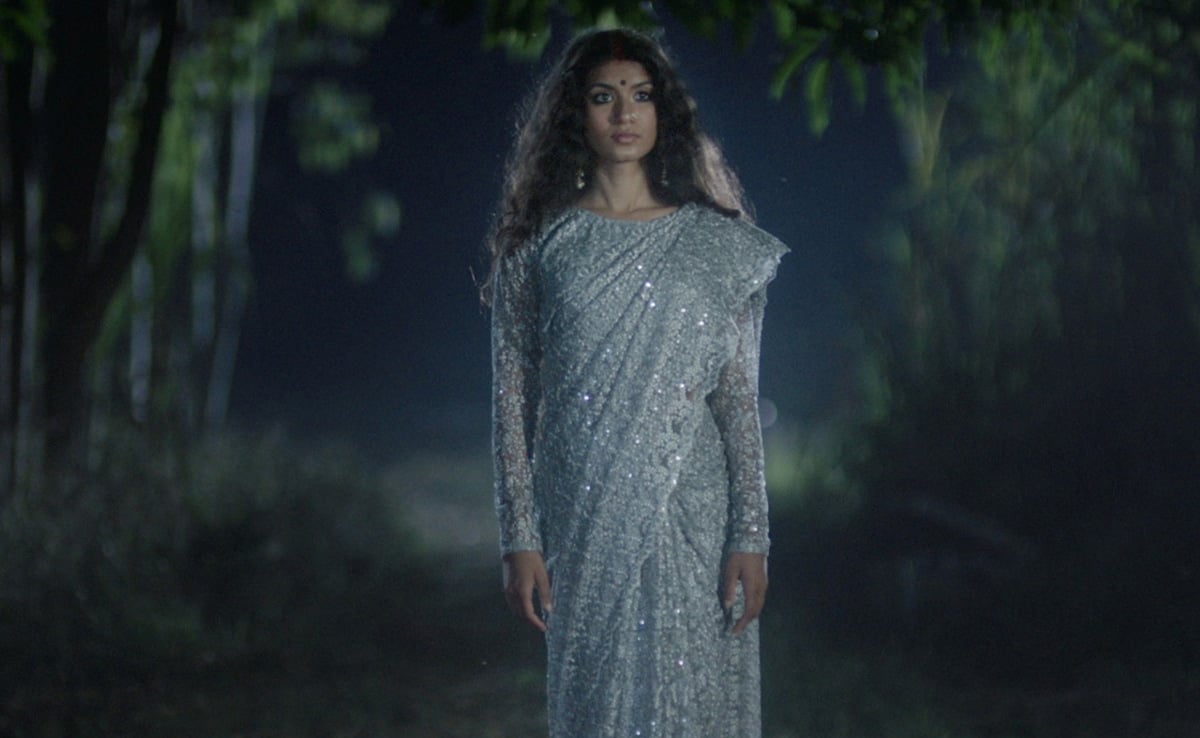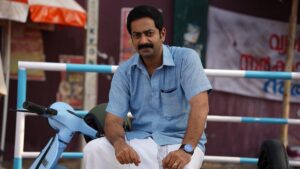Subtle and moving portrait of rural plight

New Delhi:
Located somewhere between stark and surreal, In the belly of the tigerAn Indo-US-China co-production that premiered at the 74th Berlinale on Sunday, takes place in a real world – a North Indian village plagued by poverty and exploitation. It is, however, informed by narrative and stylistic elements that give the film a distinct resonance.
In the belly of the tiger Revolves around a landless farmer who is forced by capitalism to contemplate a desperate move in hopes of saving his impoverished family – his wife, son and two grandchildren. But it’s not just about the selfless sacrifice or liberation that can result from that act. There’s more to the picture.
In his sophomore venture, director-cinematographer Siddharth Jatla (Prem and Shukla) travels to a village on the edge of a forest and delves into the dreams and despair of the uprooted while spotlighting their tenacity, no matter how frail.
In the belly of the tiger Alternates between lyricism and deep empathy as it explores the plight of a community of indebted farmers robbed of their land and precariously trapped in a brick factory run on their blood and sweat. It’s hard to say which is worse.
Working from a screenplay he wrote with Amanda Mooney, Jatla creates a sharp and moving portrait of rural plight where helpless victims of relentless systemic violence look inward and dwell on their past – their last resort – in search of their way out. Depression that engulfs their lives.
A farming family is forced off the land they once farmed. Their debt is now beyond manageable limits and agriculture is no longer a viable proposition. A dark void stares them in the face but that doesn’t stop them from dreaming of what they’ve lost and what they’ll gain back if they hang in there.
Bhagol’s village – perhaps unnamed to suggest it is a universal story – has to contend with a tiger that signifies both danger and salvation. The fear that the animal evokes brings with it the possibility of a substantial government compensation if a farmer is harmed by a tiger while cultivating his field.
When things come to a head, Bhagole (Lawrence Francis), an old man, and his wife Prabhata (Dawn) return to their dreams and memories. They retreat to the world of myth, fantasy and religious belief. They cling to their deep love for each other and their compassion for others who face scorn and mistreatment from the forces that control their destinies.
Their condition is such that escape from hell is impossible. But Bhagol and his son Saharsh (Sorav Jayaswar), each in his own way, do not sink into inhumanity. life is hard Despair is not easy to overcome but the two men find happiness in the little things – mostly dependent on the girls of Saharsh – that remind them of their humanity.
In short, Bhagol and his little granddaughter are walking around the vegetable market of Chatkila village. They cannot afford to buy anything. Cooking tricks for the family. Dried leaves stand for chicken feet. Plays in vain. What an old man can do.
Bhagol’s own dreams stem from his relationship with his wife and the village’s inherent faith in Lord Vishnu—who appears in a stage play that punctuates the film—and the lotus that springs from his belly that signifies the beginning of all creation. Saharsh seeks solace in the memory of his dead wife, whose presence in vision provides the only dash of color in a dark life.
As the film opens, we see Bhagol and his family returning to their village empty-handed from the city. Saharsh, viewers learn, found a job in the city only to be run over by a fraudulent contractor.
Saharsh is a humble man. He bears witness in stony silence to the injustices perpetrated in the brick factory where he now works. Not that he is devoid of emotions. In an early scene, an elderly woman in the village wishes Saharsh was wiser. Later, his father insists that being soft-hearted is not a weakness. This is your strength, he tells his son.
Another villager, a farmer who is clearly older and weather-beaten than Bhagol, laments to Saharsh that he cannot find his farm. He asked: Do you know the way to my land? Saharsh has no answer. He gives some money to the ‘lost’ farmer and then goes to the only liquor store in the village and buys a bottle of local liquor.
In the belly of the tiger Hopeless resignation and fascinating human resilience, a combination heightened by a gently evocative background score provided by In the Mood for Love composer Shigeru Umebayashi. Farmers to factory workers – among them a woman who is pregnant with her third child – face subhuman conditions and low wages.
The juxtaposition the film seeks between the mundane and the mythical may seem touchy at first flush. How can anything, even belief in an almighty, promise redemption when one is confronted with a system that perpetuates poverty and exploits the disadvantaged for profit?
Bhagol and Saharsha’s dreams and beliefs can at best be a window that opens into a space where the harsh realities of life are obscured. to his credit, In the belly of the tiger Do not advise otherwise. What it does is to hold the faith that the marginal have in the divine power, which they take for granted, in contrast to the startling sensibilities of the powerful.
In the face of perpetual pain, the central characters In the belly of the tiger Imagine what life could be and could be. But the film doesn’t pretend that dreams can actually change anything in the real world. There are no saviors, only false gods. Jatla finds a compellingly inventive idiom to convey the essence of that truism.



